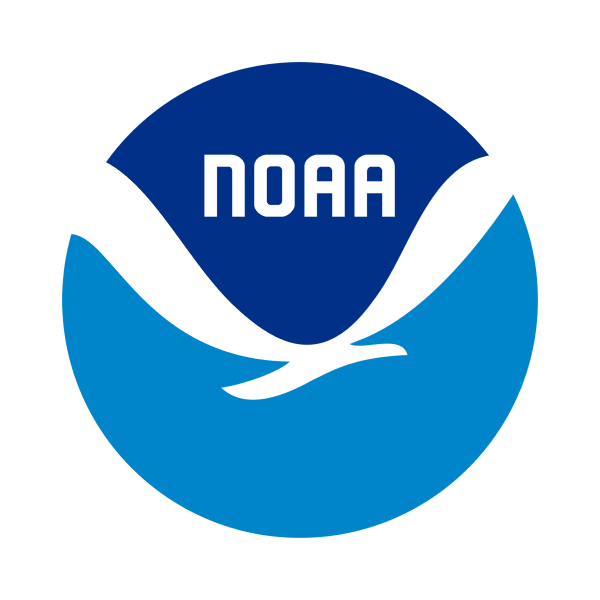Students explore a local riverbank or beach and carry out a survey to assess human impacts on the area. Students analyze and share their findings. This activity is available for Grades 4-5, within the "Composition and Abundance" unit. Oregon Sea Grant at …
NGSS Disciplinary Core Ideas:
Last updated 16 May, 2024
Plastic pellets (also called “nurdles”) are small pre-production pieces that are shipped around the world to factories that melt them to produce a variety of products. Pellets are often lost during transit, and because they float can be found throughout …
NGSS Disciplinary Core Ideas:
Last updated 16 May, 2024
There is a great deal of information and misinformation about how much marine debris exists in the open ocean and how it is distributed. We often hear that “The Great Pacific Garbage Patch is twice the size of Texas”, but what exactly does that mean? …
NGSS Disciplinary Core Ideas:
Last updated 16 May, 2024
Students focus on one characteristic of some marine debris – the “loop” shape – and learn how marine debris items with this shape negatively impact sea lions. This activity is available for Grades 4-5, within the "Impacts" unit. Oregon Sea Grant at …
NGSS Disciplinary Core Ideas:
Last updated 16 May, 2024
Students synthesize what they have learned about marine debris and incorporate their knowledge into a presentation or display that helps others both 1) understand the problem and 2) take actions that contribute to solving the problem. This can be done …
NGSS Disciplinary Core Ideas:
Last updated 16 May, 2024
Students use a model to test how air movement affects water movement, and devise a hypothesis about how the direction of air currents affect the movement of ocean surface currents and floating objects. This activity is available for Grades 6-8 and 9-12, …
NGSS Disciplinary Core Ideas:
Last updated 16 May, 2024
Students use a graphic organizer to review existing solutions to microplastic marine debris, and brainstorm feasible, actionable solutions to microplastics. They discuss challenges to implementing solutions. Lesson highlights include rotating stations for …
NGSS Disciplinary Core Ideas:
Last updated 16 May, 2024
In this lesson, students will collect debris on their school grounds,“x” number of miles from the ocean and compare the quantity of plastic in the sample with a similar sample at the mouth of the river, where it empties into the ocean. in addition, …
NGSS Disciplinary Core Ideas:
Last updated 16 May, 2024
Students relate the location of plastics in the water column to the feeding behavior of various marine organisms. They discuss how marine debris can cause problems for different animals inhabiting a variety of ocean depths. This activity is available for …
NGSS Disciplinary Core Ideas:
Last updated 16 May, 2024
Students will explore the mathematical concept of probability in the context of marine debris in the ocean. Using a spinner with items an animal could potentially ingest, students calculate the probability that the animal will encounter marine debris …
NGSS Disciplinary Core Ideas:
Last updated 16 May, 2024
Students use a sampling protocol to collect, sort and quantify (by number or by weight) marine debris collected from a beach. The 5 Gyres lesson provides data cards for macro and micro marine debris. This activity is available for Grades 4-5, 6-8, and …
NGSS Disciplinary Core Ideas:
Last updated 16 May, 2024
Students use a model to make observations about how an animal entangled in marine debris might be affected. Then they play a game that demonstrates how plastics in the ocean can be ingested by animals. This activity is available for Grades 4-5, within the …
NGSS Disciplinary Core Ideas:
Last updated 16 May, 2024
Students learn about at least two possible impacts of microplastics on the marine environment. They calculate the surface area of rectangular prisms of various sizes and create an argument that the greater surface area of small plastic pieces can …
NGSS Disciplinary Core Ideas:
Last updated 16 May, 2024
Students extract microplastic beads from personal care products, explore ways microplastics get into the ocean, and learn about a researcher who studies microplastics. This activity is available for Grades 6-8, within the "Sources and Transport" unit. …
NGSS Disciplinary Core Ideas:
Last updated 16 May, 2024
Students use scientific models as a tool to evaluate the many kinds of risk tsunami marine debris poses. They then explore the risk posed by live organisms that have colonized tsunami marine debris. Lesson highlights include rotating stations for focused, …
NGSS Disciplinary Core Ideas:
Last updated 16 May, 2024
 An official website of the United States government.
An official website of the United States government. 